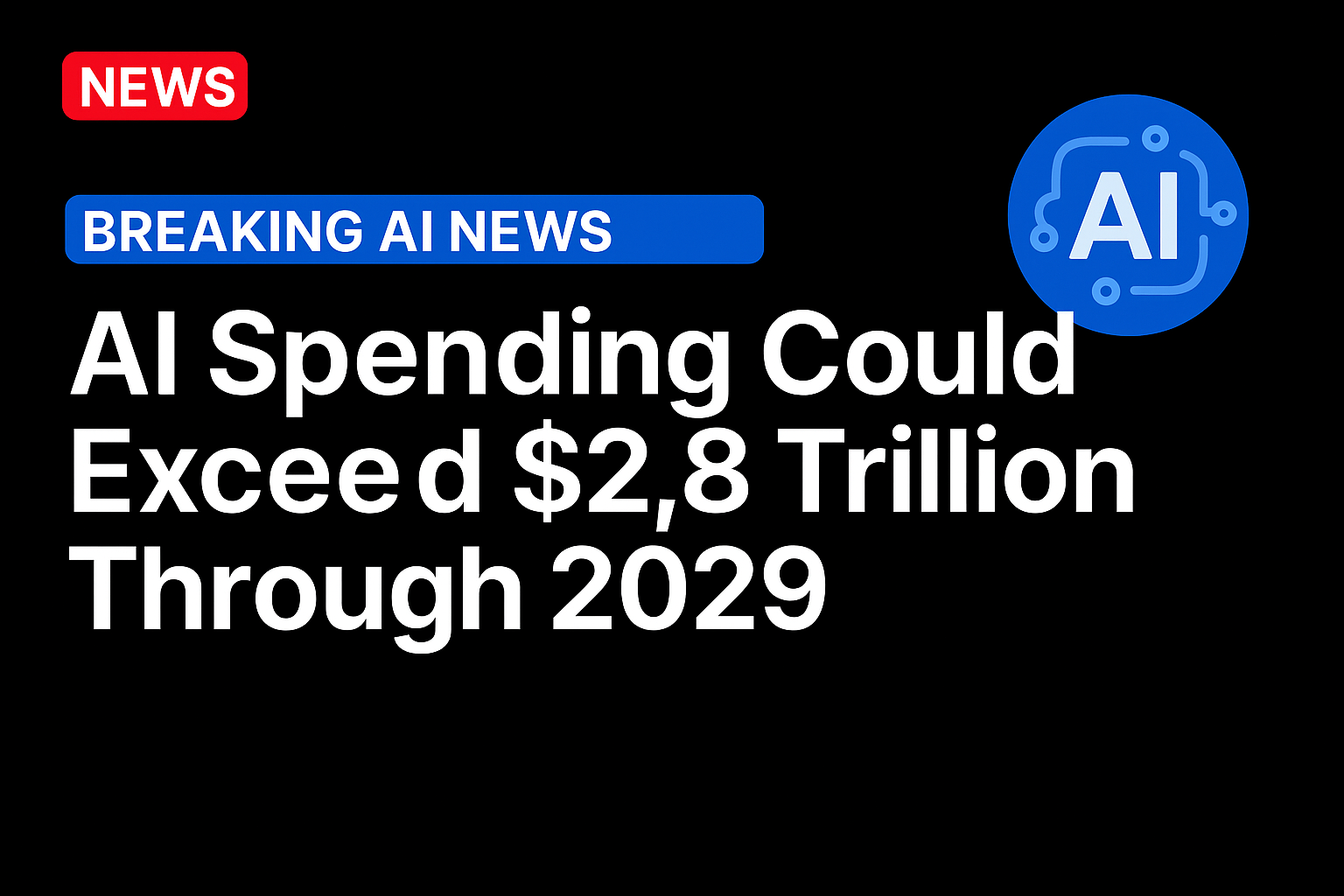AI-related infrastructure spending by Big Tech is expected to surpass $2.8 trillion through 2029.
That’s according to a report Tuesday (Sept. 30) by Reuters, citing projections from Citigroup, which had earlier forecast that spending figure to come to $2.3 trillion. The bank pointed to early investments by hyperscalers and rising demand for enterprise artificial intelligence (AI) use.
Citi expects capital expenditures among hyperscalers — or data center operators — to reach $490 billion by the end of next year, up from an earlier estimate of $420 billion.
As Reuters noted, hyperscalers such as Google, Amazon and Microsoft have already spent billions to ease capacity constraints that have limited their ability to meet rising AI demand.
Citi analysts this spending would likely show up on these company’s third-quarter earnings calls, with the guidance expected to be “building ahead of visible enterprise demand.”
The forecast also estimates global AI compute demand would require 55 gigawatt of new power capacity by the end of the decade, or $2.8 trillion in incremental spending, with $1.4 trillion happening just in the U.S.
Big Tech companies, Citi said, no longer rely solely on profits to fund AI infrastructure. The costs are steep — about $50 billion for every gigawatt of compute capacity — leading companies to borrow to stay on top of demand.
As PYMNTS wrote earlier this week, that shift “is changing who can compete and how quickly and introduces new risks for enterprises buying AI services.”
This report was in response to a Wall Street Journal examination of the role debt is playing in the AI sector. That report cites the example of Oracle, which might need to borrow $25 billion annually over the next four years to fulfill its side of its partnership with OpenAI.
“The wager is that demand will catch up,” that report said. “But the liabilities are large and the timelines tight. Moody’s flagged significant risks tied to equipment, land and power costs and gave Oracle a negative outlook in July.”
Analysts have pointed out OpenAI would need to scale to more than $300 billion in yearly revenue by 2030 from about $12 billion today to justify the spending connected to its $300 billion partnership with Oracle.
“Debt can accelerate the AI infrastructure race, but it also adds fragility,” PYMNTS wrote.
“For banks, lenders and corporate adopters, the key questions now are less about model accuracy and more about balance sheet durability, who is financing the compute behind the demo, on what terms, and how those obligations might shape the availability and price of enterprise AI over the next cycle.”
Source: https://www.pymnts.com/




